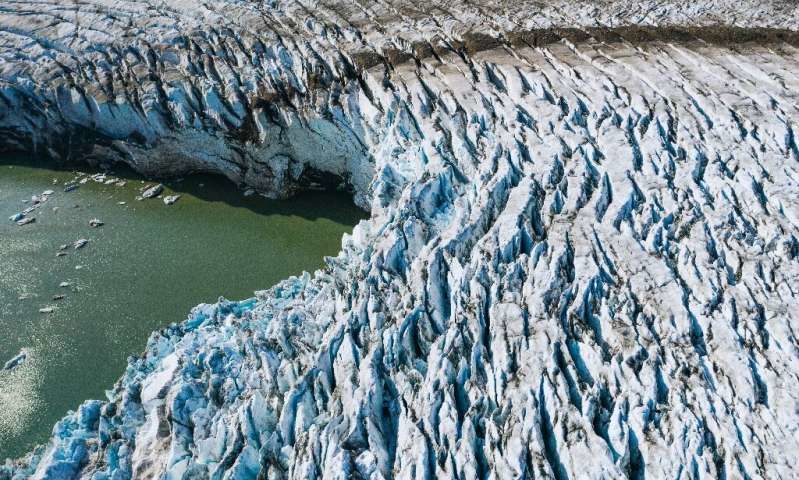Earth's last Glacial Maximum period began around 33,000 years ago, when vast ice sheets covered much of the Northern Hemisphere.
At the time, the Eurasian ice sheet — which covered much of Scandinavia — contained approximately three times the amount of frozen water held in the modern-day Greenland ice sheet.
But rapid regional warming saw the ice sheet collapse over a period of just 500 years, according to authors of the study published in Nature Geoscience.
Analysing sediment drill cores from the Norwegian Sea, the team found that the ice sheet's collapse contributed to an event known as Meltwater 1A — a period that saw as much as 25 metres added to global sea levels between 13,500-14,700 years ago.
Lead author Jo Brendryen from Norway's University of Bergen said the Eurasian ice sheet melt coincided with vast regional temperature swings.
"Studies of ice cores drilled from the Greenland ice sheet have suggested that the atmosphere above Greenland warmed by up to 14C in a few decades at this time," he told AFP.
"We think that this warming was the main driver of the ice sheet collapse."
The study showed that the entire Eurasian ice sheet melted in a matter of a few centuries, adding more than four centimetres to sea levels annually — around 4.5-7.9 metres in total.
"Our research support this idea as the marine based sectors of the Eurasian ice sheet abruptly disappeared and did not grow back," said Brendryen.
"Where the exact tipping-points are located, both for the past ice sheets and the current ice sheets in Greenland and Antarctica, remain however unknown."
More information: Eurasian Ice Sheet collapse was a major source of Meltwater Pulse 1A 14,600 years ago, Nature Geoscience (2020).
DOI: 10.1038/s41561-020-0567-4 , https://www.nature.com/articles/s41561-020-0567-4 Journal information: Nature Geoscience




Comment: For insight into what cataclysmic events may have brought about the collapse of the Eurasian Ice Sheet, see: